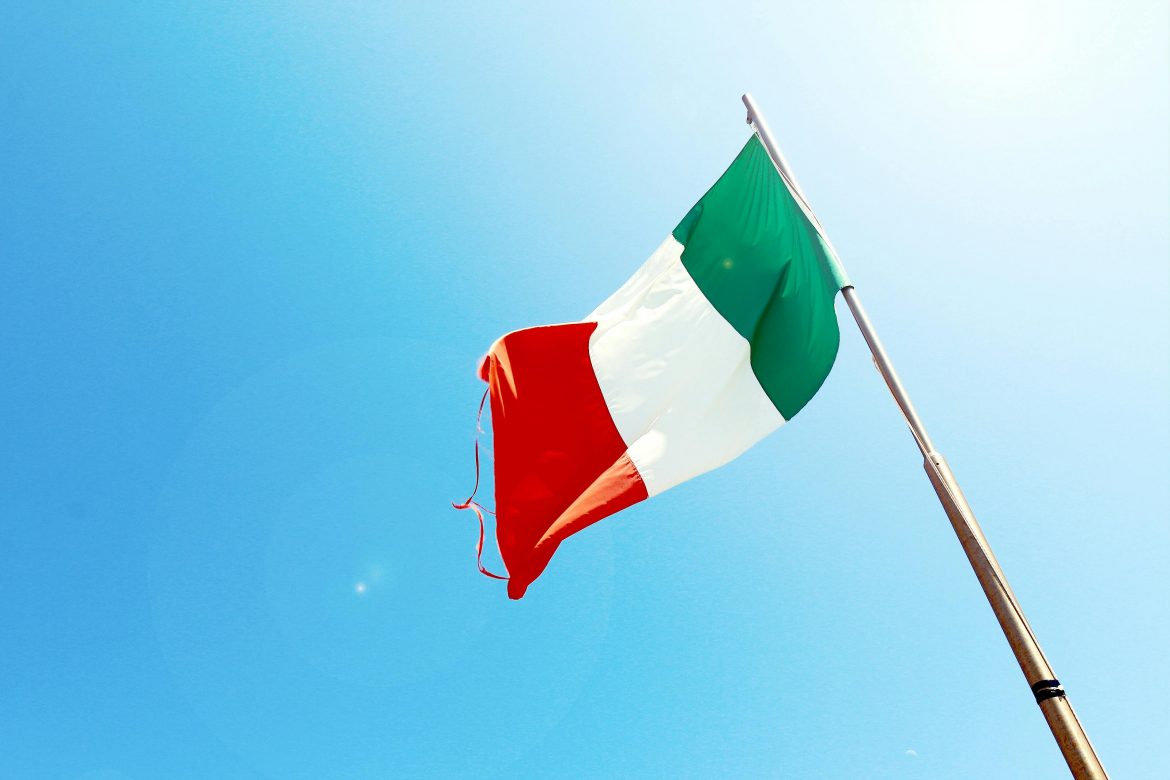A recent shipment of Fiat cars has landed the automaker in hot water with Italian authorities. This week, Italian fiscal police seized over 130 Fiat vehicles imported from Morocco due to a seemingly minor detail – a sticker featuring the colours of the Italian flag displayed on the car doors.
The crux of the issue lies in the potential for these stickers to mislead consumers about the origin of the vehicles. While the Fiat brand itself is undeniably Italian, these particular cars, the iconic Topolino mini-car revived for a new generation, were manufactured in Morocco.
A spokesperson for Stellantis, the automotive giant that owns Fiat, clarified the purpose of the stickers. They emphasised that the stickers were intended solely to denote the “entrepreneurial origin” of the product, signifying the Italian roots of the Fiat brand. The spokesperson further maintained that Stellantis believed they were fully compliant with relevant regulations.
The argument hinges on the distinction between brand and manufacturing location. The design and development of the new Topolino did indeed take place in Italy, spearheaded by the Centro Stile FIAT, an Italian design team within Stellantis Europe. However, the decision to manufacture the revived model in Morocco was made transparently at the time of the car’s announcement.
Recognising the potential for confusion, Stellantis is working towards a swift resolution. The spokesperson announced their intention to remove the contentious stickers from the seized vehicles, pending approval from the authorities.
This incident highlights a simmering tension between the Italian government and Stellantis regarding production choices. The right-wing government has advocated for a clear link between a car marketed as Italian and its domestic production. This preference for locally-made vehicles extends beyond Fiat.
Last month, another Stellantis brand, Alfa Romeo, encountered a similar issue. Their decision to name a new car “Milano” sparked controversy, leading to a change of name to “Junior” to appease the government’s concerns about using an Italian city name for a Polish-made vehicle.
The future remains to be seen regarding the outcome of the seized Fiats and the broader discussion surrounding car production within Italy. However, this episode serves as a reminder of the complexities involved in global manufacturing and the potential for national pride to clash with economic realities in the automotive industry.



